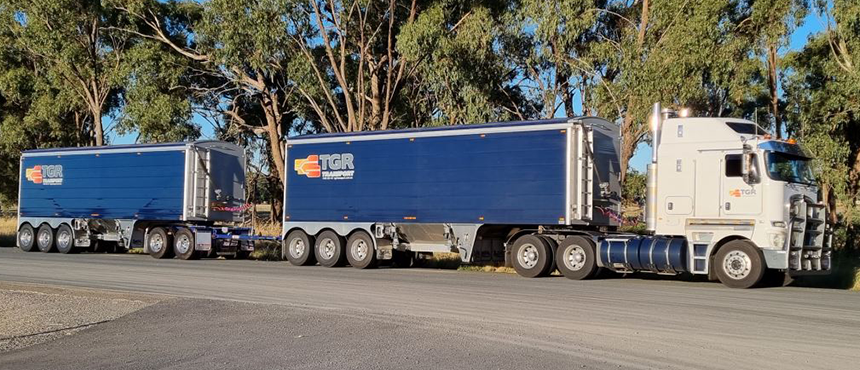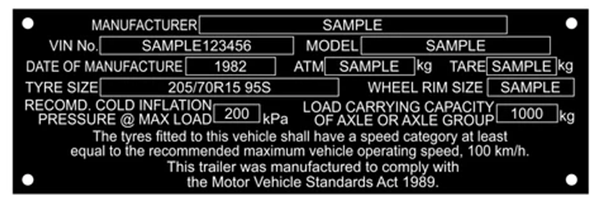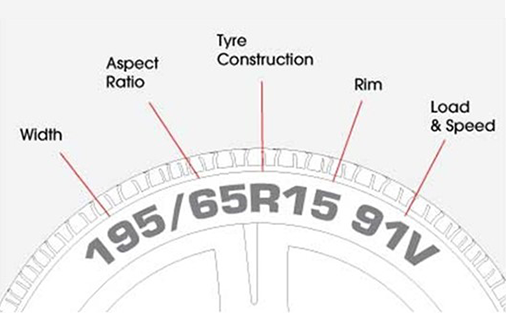PBS Vehicle Compliance: Assessment Requirements
Introduced in October 2007, the Performance Based Standards (PBS) Scheme is a national initiative for the safer and more productive movement of Australia’s freight task. This scheme helps truck and transport operators improve their efficiency, sustainability, and safety through the adoption of innovative vehicle designs. While there are many benefits of PBS, for your vehicles to be PBS compliant, certain specifications must be met and approved. This article will help you understand these requirements, ensuring that your fleet will be ready for PBS assessment.
Understanding PBS assessment requirements
Before commencing a PBS assessment, it is crucial to gather the following vehicle specifications in full:
- Vehicle dimensions: A layout drawing showing the dimensions of your combination.
- Tyre details: Sizes for steer, drive, dolly, and trailer tyres, including dual tyre spacing.
- Tare weights for each unit: The weight of each unit in your combination without payload.
- Engine details: The make and model of your engine.
- Transmission details: This includes the make, model, and the final drive ratio.
- Truck suspension details: Details for both steer and drive suspensions, including make, model, and track width.
- Dolly and trailer suspension details: Specifications including make, model, ride height, and track width.

Photo credit: TGR Transport
By gathering vehicle specifications, a proper assessment can be conducted against the PBS’s 16 safety and 4 infrastructure standards. This process ensures the vehicle meets the required performance criteria for safety, stability, and road wear. It also allows for tailored PBS design approval, ensuring the vehicle is appropriately matched to specific freight tasks and routes.
Finding your vehicle specifications
Whether you’re assessing a vehicle you already own, considering a new purchase, or thinking of a second-hand option, understanding where to find these specifications is crucial. You can either try to find this information yourself or for those seeking a streamlined process, PBS Certifiers can measure the vehicle and provide a comprehensive summary of all necessary specifications, saving you time and ensuring accuracy.
The tare weight of your vehicle, also known as the unladen weight, is its weight when empty, including all necessary fluids but only 10 litres of fuel (Reference). This specific amount is set as a standard condition to enable the vehicle to be driven to and from a weighing station without additional fuel. To determine the tare weight, you can use a public weighbridge. These facilities are readily located through a simple online search or local business directories. Public weighbridges come in various designs, ranging from traditional single-deck weighbridges with an attendant to more modern setups that have multiple decks and offer 24/7 self-service kiosks that accept credit card payments. The tare information can also be found on registration papers.
The detailed specifications such as the engine, transmission and suspension can be found in the ratings letter. This often includes the Gross Vehicle Mass (GVM) and other classification details. If you do not have the ratings letter on, contacting the manufacturer is a practical way to obtain the ratings letter of a truck or prime mover. When you contact them, provide the Vehicle Identification Number (VIN) and specify that you need information about the truck’s ratings letter. Most truck manufacturers have dedicated support lines or inquiry forms for such requests.
The trailer suspension information can be provided by the trailer manufacturer. The trailer compliance plate, also known as a VIN plate or manufacturer’s plate, is a critical piece of information for any trailer. The compliance plate is usually affixed to the chassis or frame of the trailer in a location that’s easily accessible for inspection. Common places include near the front of the trailer, on the drawbar, or on one of the side frames. The compliance plate on a trailer provides essential details that verify its specifications and regulatory adherence. Typically, it includes the manufacturer’s name, indicating who produced the trailer, and the VIN, which serves as a unique identifier for the specific trailer. Additionally, the plate lists the date of the manufacture, the Aggregate Trailer Mass (ATM) which is the maximum weight the trailer is rated to carry, including its own weight. The tare weight, or the weight of the trailer when empty, is also noted alongside tyre size and pressure recommendations, which are critical for maintaining safety and compliance with weight ratings. Finally, an approval number confirms that the trailer meets specific national or international standards.

Image source: https://engravingcrewshopping.com.au/products/compliance-plates-for-new-trailer
As shown in the below image, the tyre size is usually printed on the sidewall of each tyre, showing a series of numbers and letters indicating width, aspect ratio, and rim diameter. The section width is the distance in millimetres from the inner sidewall to the outer sidewall. The aspect ratio represents the height of the tyre from the base of the tread to the rim, calculated as a percentage of the tread width; a lower profile tyre will typically have a smaller aspect ratio, such as 65% of its width. Tyre construction refers to how the tyre is made, typically using radial ply construction, noted as “R”. The rim diameter is measured in inches and is crucial when purchasing tyres to fit existing vehicle units. Additionally, the load index and speed symbol indicate the maximum load capacity and speed at which the tyre can operate safely, assuming it is in good condition, properly fitted, and correctly inflated.

Image source: Image Source: https://www.bridgestone.com.au/learn/understanding-tyre-sizes
Finding dimensions can be most easily done by providing layout drawings of your heavy vehicle combination. To track down the layout drawing for your vehicle, start by visiting the manufacturer’s official website and look for a section dedicated to technical support or downloads, where you may find layout drawings or technical documents. If the information isn’t available online, contact the manufacturer or trailer builder directly.
Once you have all the above information ready to go, it’s time to contact a PBS assessor about commencing your assessment. Contact Advantia if you would like to investigate PBS opportunities for your business.
Get more like this in your inbox
Subscribe to our Newsletter and never miss a post.